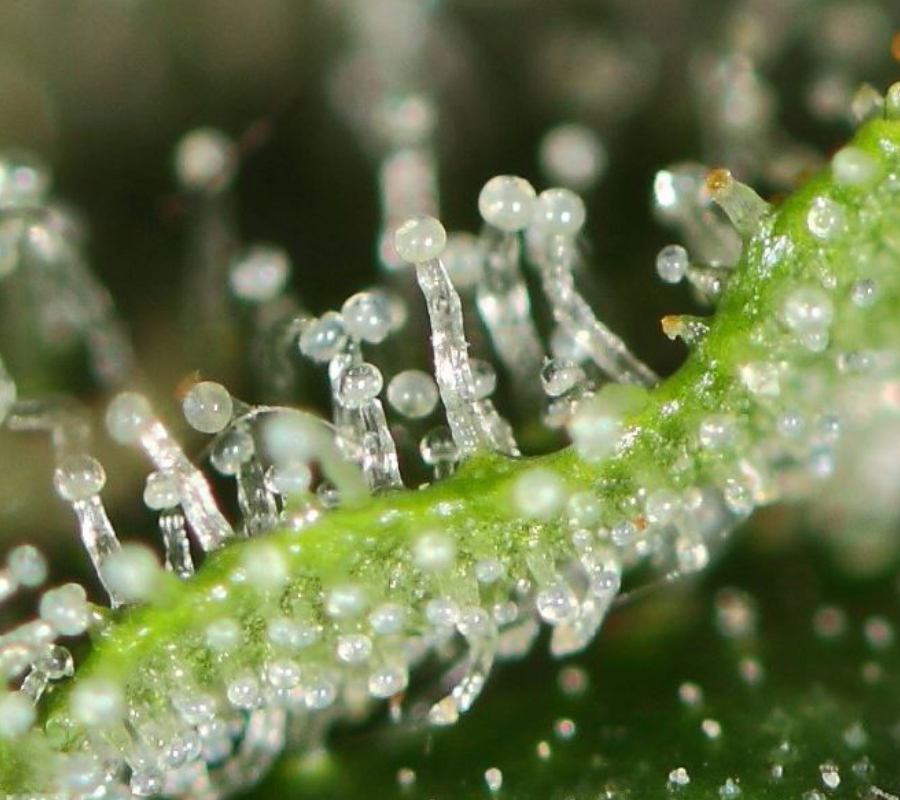Researchers studying the medical uses of marijuana have released an image of its active ingredient, THC, affecting the brain’s primary cannabinoid receptor CB1.
Because of the interest in medical marijuana, researchers have been incessantly studying its effects on obesity, inflammation, epilepsy, and many other conditions to which it may prove beneficial. The picture is a product of crystallography, which allows rendering a three-dimensional image of the molecular shape of each compound through the use of x-rays.


Getting to the bottom of THC’s effect on the body
Seeing that THC is not completely harmless, researchers are determined to discover exactly how the molecule interacts with the nervous system. In comparison, synthetic cannabinoids have been revealed to be lethal due to the enormous levels of THC they contain.
Lead author Alexandros Makriyannis, from the Northeastern University in Boston’s Center for Drug Discovery, revealed that the CB1 receptor is quite complex in its structure, featuring many sub-pockets and channels. This means that the CB1 receptor can be activated using different chemical compounds to trigger specific effects on the body.
The research acknowledges that marijuana has been used for therapeutic and recreational purposes for centuries, but it was not until the 1960s that researchers could isolate and identify its active ingredient tetrahydrocannabinol (THC).
They discovered that THC displayed a lipophilic nature, meaning that it can dissolve with lipids or fats, which is why people make pot butter for baking brownies and many other types of marijuana edibles.
At first, it was believed that THC achieved its psychoactive effects by altering the properties of the body’s membranes, but this version was refuted as researchers found that there are two primary protein-based cannabinoid receptors, named CB1 and CB2.
Marijuana use does have benefits and consequences
Marijuana, or THC for that matter, is not completely harmless. Studies show that exposure to THC imposed learning difficulties and cognitive impairments in adult rats. Also, THC affected the rats’ reward system, indicating the possibility of one becoming dependent on the drug.
In humans, regular marijuana use in adolescence shows slight impairment of memory functions and impulse control, although not every research of this kind has been conclusive. Other studies suggest that the amount of marijuana smoked was critical for the degree of functional impairment, as it also depends on age and for how long do they consume the substance.
Some studies point out that young marijuana users lost IQ points as they got older, but then two other studies failed to encounter a significant link between marijuana use and the loss of IQ points, suggesting that the loss in points may be due to sociological and environmental factors, rather than the drug itself.
When it comes to addiction, only 1 in 100 marijuana smokers become dependent, compared to a third of everyone who smokes tobacco. Marijuana is by far much less dangerous and addictive than alcohol, tobacco, cocaine, and any other substance that’s legal or not.
Researchers have claimed that the only way to kill someone with marijuana is by crushing them under a pile of it. This is partially true if it weren’t for synthetic cannabinoids, which have claimed the lives of at least 60 people.
Over 20 states have legalized medical marijuana although not many research efforts are taking place to determine its therapeutic uses. It is known that marijuana can help treat glaucoma, as it dilates blood vessels and reduces pressure inside the eye. Marijuana can then slow the disease and in the end prevent blindness.
Marijuana is also primary contestant in the treating of epileptic seizures, which was shown to protect lab rats from having seizures for at least 10 hours since THC regulates relaxation and controls the brain’s excitability.
Patients suffering from Crohn’s disease and colitis can also benefit from marijuana use as it reduces inflammation. The body by itself increases the permeability of the digestive tract, which allows for the native bacteria in the patient’s belly to flourish and worsen the disease. THC prevents this from happening and helps the intestinal cells become less prominent to permeability.
Other research suggests that cannabidiol can stop cancer from spreading, as it inhibits gene known as Id-1. Researchers studied breast cancer and saw that if they treated cancer cells’ Id-1 gene with cannabidiol, the disease would spread in a much less aggressive manner. THC can also slow the formation of the plaques that are thought to be responsible for the progression of Alzheimer’s disease.
Much is still left to say from the uses of marijuana, but given that state jurisdictions are seeing the benefits of the taxes imposed on this new and prolific market, it may be a matter of time until marijuana is considered legal on a federal level.
Source: Cell

